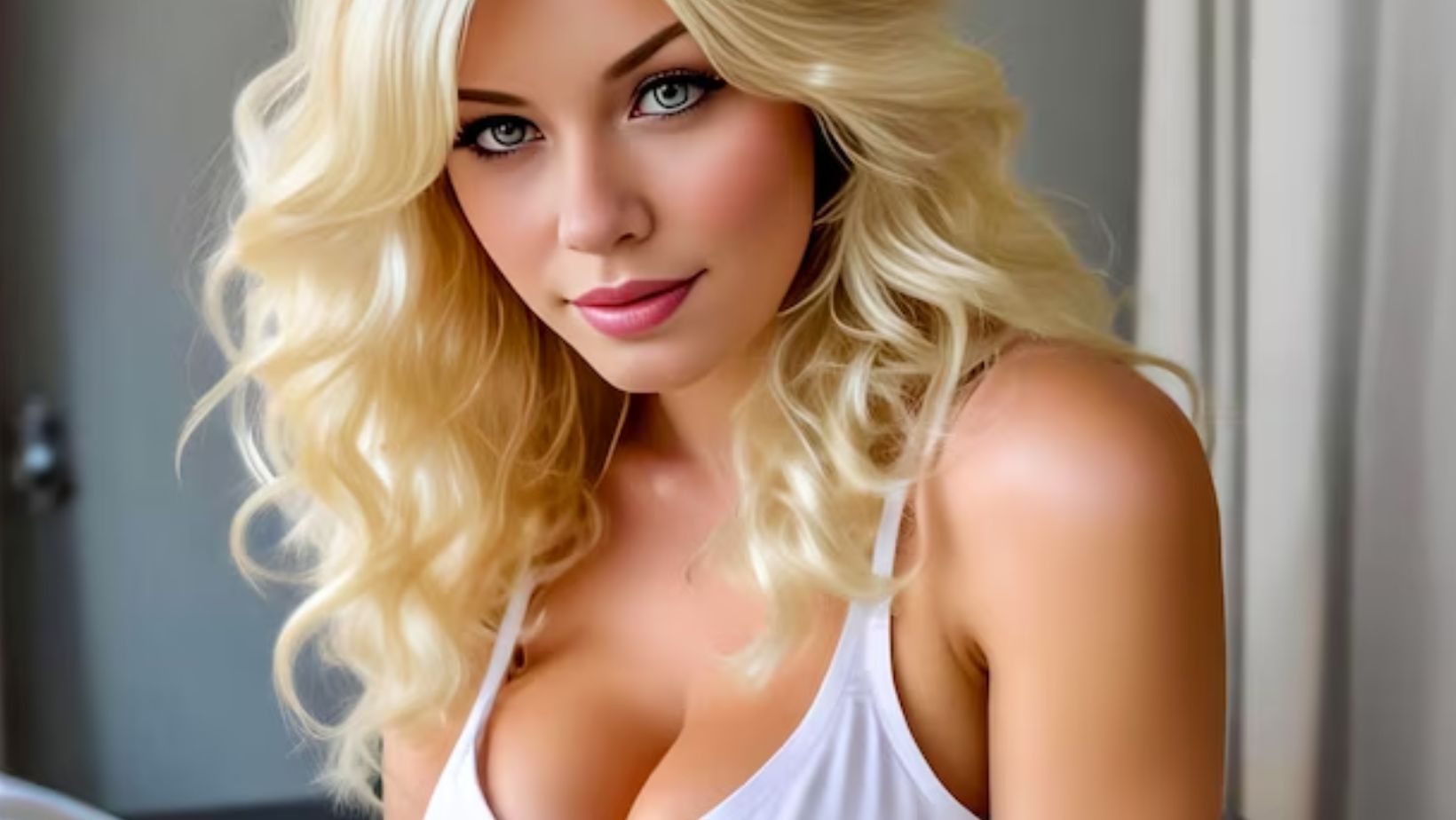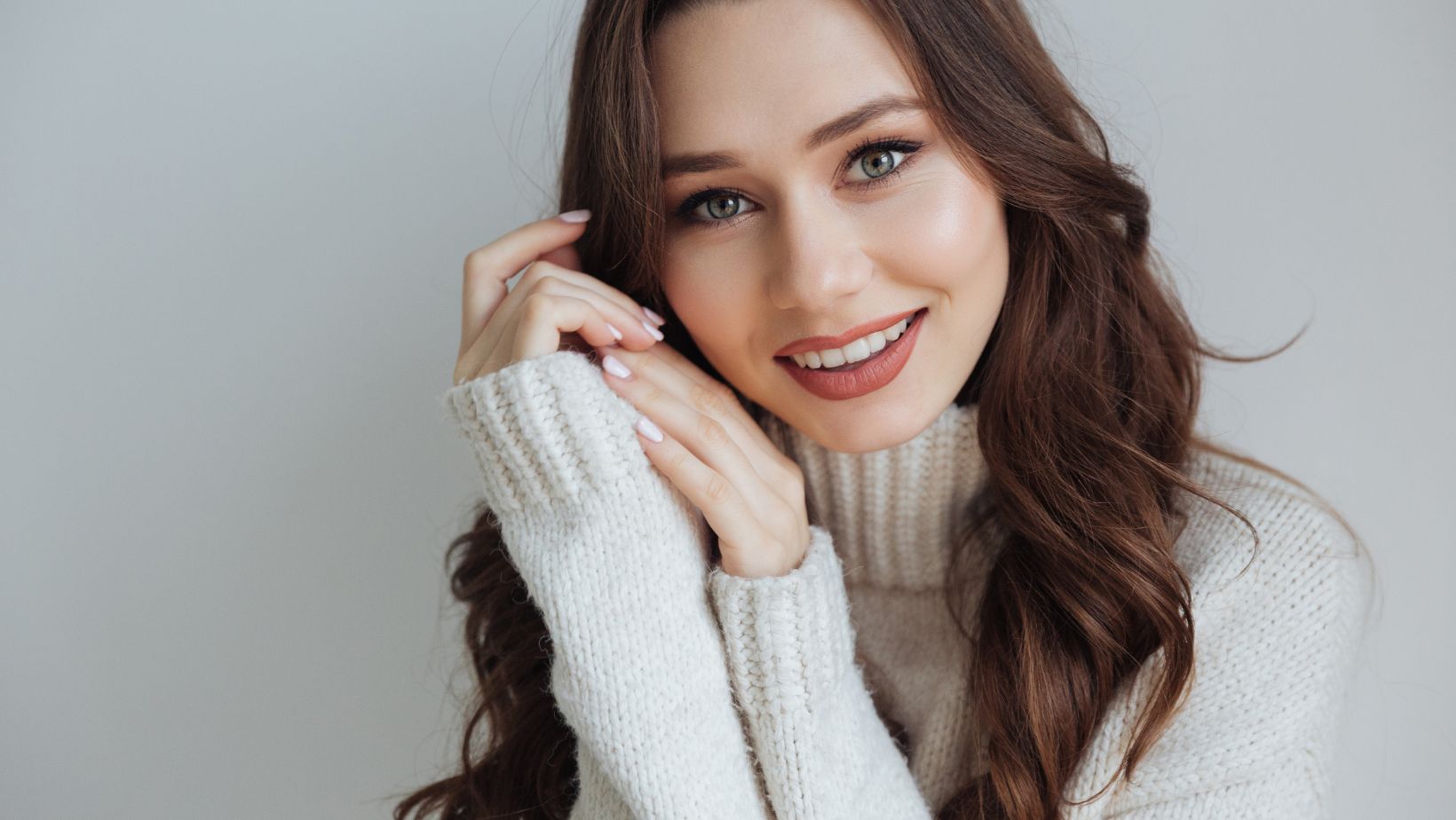
As artificial intelligence (AI) continues to advance, the creation of AI-generated art has become increasingly popular. Among the various forms of AI art, the emergence of “AI girls nude” has sparked considerable debate. While this technology has opened up new creative avenues, it also presents significant ethical challenges that cannot be ignored. As artists and developers explore the boundaries of AI creativity, society must grapple with the moral implications of these creations. AI girls nude is just one example of how this technology can raise complex ethical questions.
Addressing the Moral Challenges of AI Art
The moral challenges associated with AI-generated art, particularly in the realm of nude and explicit content, are multifaceted. One of the primary concerns is the potential for objectification and exploitation. Unlike traditional art forms, AI-generated images can be created without the consent or involvement of human subjects. This raises questions about the ethical responsibility of creators and the impact such art can have on societal perceptions of body image, consent, and privacy.
Another challenge is the potential for AI to perpetuate harmful stereotypes or reinforce existing biases. AI models are trained on vast datasets, which often include biased or problematic content. When these models generate art, they can unintentionally reproduce these biases, leading to the creation of content that may be offensive or harmful. For example, if an AI model generates nude images based on biased data, it could perpetuate unrealistic beauty standards or reinforce negative stereotypes about certain groups.

Furthermore, there is the question of ownership and authorship in AI-generated art. When an AI creates a piece of art, who should be credited as the author? Is it the programmer who designed the algorithm, the AI itself, or perhaps the person who provided the input data? These questions complicate the traditional understanding of intellectual property and creative ownership, making it difficult to determine who has the right to profit from or control the distribution of AI-generated art.
Debating the Ethical Limits of AI in Creativity
The ethical limits of AI in creativity are still being defined, and there is ongoing debate about where these boundaries should be drawn. Some argue that AI should be free to explore any creative avenue, including the creation of explicit or controversial content, as long as it does not cause harm. They contend that art has always been a space for challenging societal norms and pushing boundaries, and AI should be no exception.
However, others believe that there should be clear ethical guidelines governing the creation and distribution of AI-generated art. They argue that without such guidelines, there is a risk of normalizing harmful or exploitative content, which could have negative consequences for society. For instance, the proliferation of AI-generated nude images could contribute to the objectification of women or the trivialization of consent, leading to a culture that is less respectful of individuals’ rights and autonomy.
There is also concern that allowing AI to create art without ethical constraints could lead to a devaluation of human creativity. If AI can produce art that is indistinguishable from human-created works, it could undermine the value of artistic expression and reduce the incentive for human artists to pursue their craft. This could have a chilling effect on the arts and lead to a homogenization of creative expression, where AI-generated content dominates, and human creativity is marginalized.
The Role of Public Opinion in Ethical AI Art
Public opinion plays a crucial role in shaping the ethical standards for AI-generated art. As AI technology continues to evolve, it is important for society to engage in open and inclusive discussions about the ethical implications of these developments. Public opinion can influence policymakers, artists, and developers, helping to establish norms and guidelines that reflect societal values and priorities.
One way that public opinion can shape the ethical landscape of AI art is through the establishment of community standards and guidelines. For example, online platforms that host AI-generated art can implement content moderation policies based on user feedback and societal norms. These policies can help ensure that AI-generated content aligns with ethical standards and does not contribute to harm or exploitation.

Additionally, public opinion can drive demand for more responsible and ethical AI art. Consumers have the power to influence the direction of AI development by choosing to support artists and platforms that prioritize ethical considerations. By making informed choices about the content they consume and promote, individuals can help create a market for AI art that is both innovative and socially responsible.
It is also important for educational institutions and cultural organizations to play a role in shaping public opinion on ethical AI art. By fostering critical discussions about the ethical implications of AI and providing resources for understanding the technology, these institutions can help ensure that society is well-equipped to navigate the complex moral landscape of AI-generated art.
Proposing Solutions to Ethical Issues in AI Art
Addressing the ethical challenges of AI-generated art requires a multifaceted approach that involves artists, developers, policymakers, and the public. One potential solution is the development of ethical guidelines and best practices for AI art. These guidelines could be developed collaboratively by stakeholders across different sectors and could provide a framework for responsible AI art creation and distribution.
For example, guidelines could address issues such as consent, privacy, and the representation of marginalized groups. They could also establish standards for transparency and accountability, ensuring that AI-generated art is created and distributed in a way that respects the rights and dignity of individuals. By adhering to these guidelines, artists and developers can help mitigate the risks associated with AI-generated art and contribute to a more ethical and inclusive creative landscape.
Another potential solution is the implementation of technological safeguards that prevent the creation and distribution of harmful or unethical AI-generated content. For instance, AI models could be trained to recognize and avoid generating content that violates ethical standards. Additionally, platforms that host AI-generated art could use automated content moderation tools to detect and remove content that does not comply with ethical guidelines.
Education and awareness-raising are also key components of any solution to the ethical challenges of AI art. By educating the public about the potential risks and benefits of AI-generated art, society can foster a more informed and nuanced understanding of the technology. This, in turn, can help ensure that ethical considerations are at the forefront of AI development and that the technology is used in ways that align with societal values.
Finally, it is important to recognize that the ethical challenges of AI art are not static and will continue to evolve as the technology advances. As such, ongoing dialogue and collaboration between artists, developers, policymakers, and the public are essential to ensuring that AI art remains a force for good in society. By working together, we can navigate the ethical dilemmas of AI art and harness the technology’s creative potential in a way that is both innovative and socially responsible.
